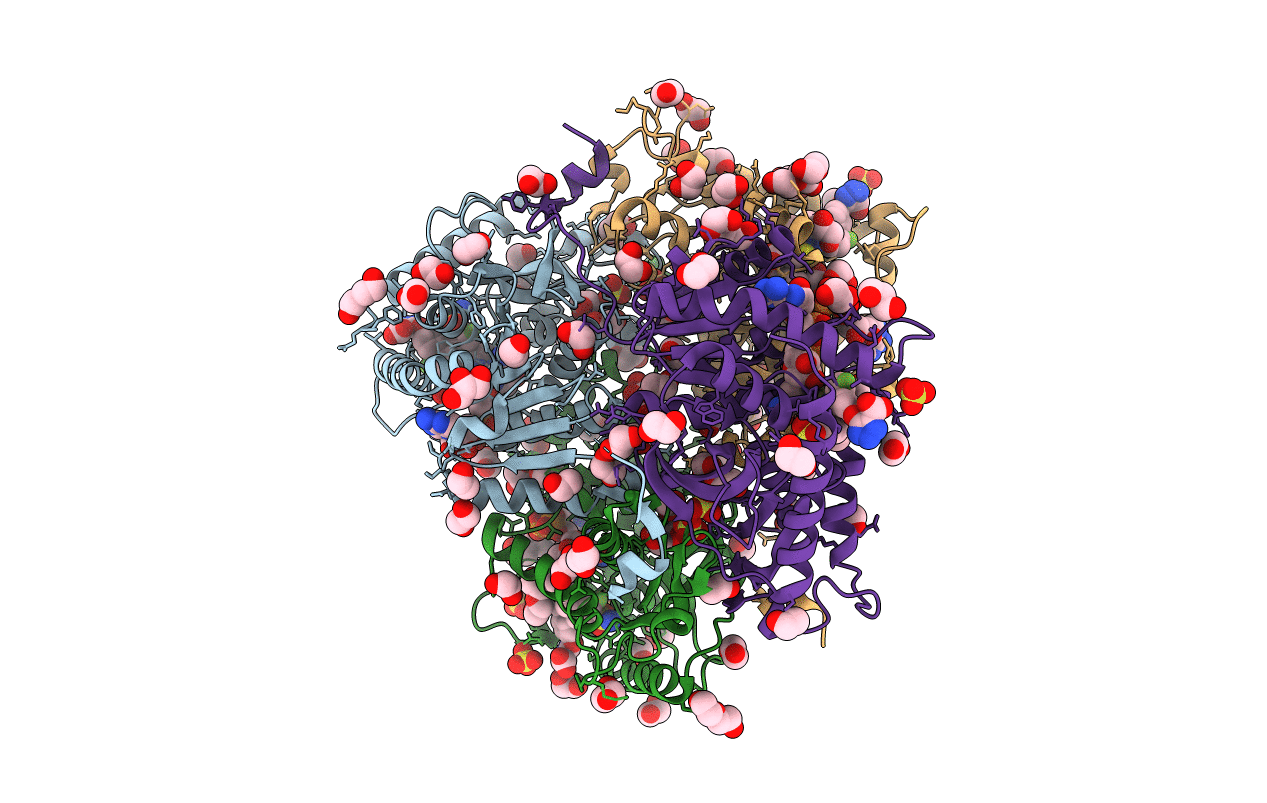
Deposition Date
2021-03-17
Release Date
2021-07-14
Last Version Date
2025-09-17
Entry Detail
PDB ID:
7M2N
Keywords:
Title:
Crystal structure of Human Lactate Dehydrogenase A with Inhibitor Compound 15
Biological Source:
Source Organism:
Homo sapiens (Taxon ID: 9606)
Host Organism:
Method Details:
Experimental Method:
Resolution:
2.50 Å
R-Value Free:
0.25
R-Value Work:
0.20
R-Value Observed:
0.21
Space Group:
I 1 2 1


